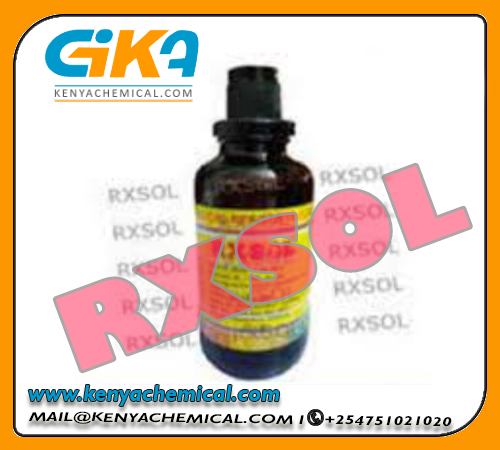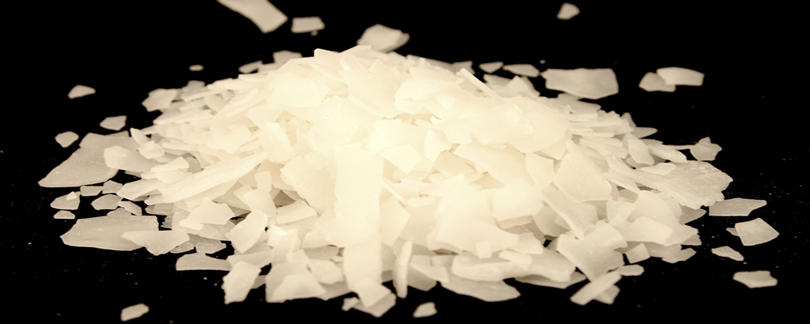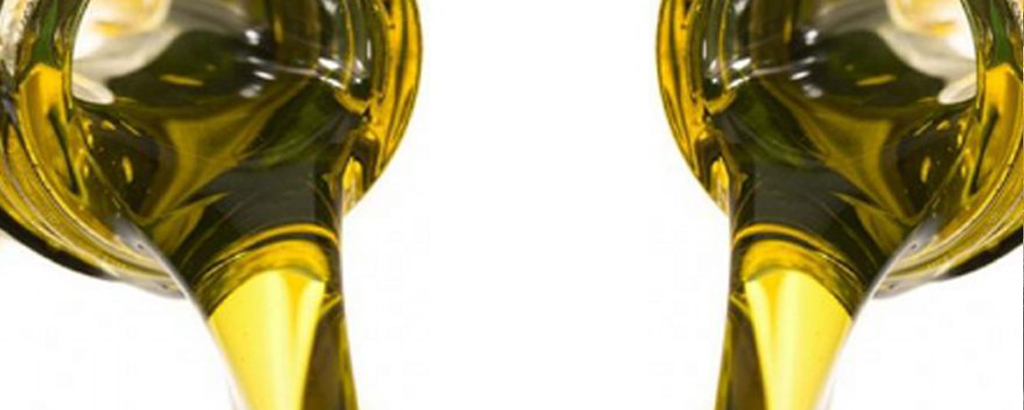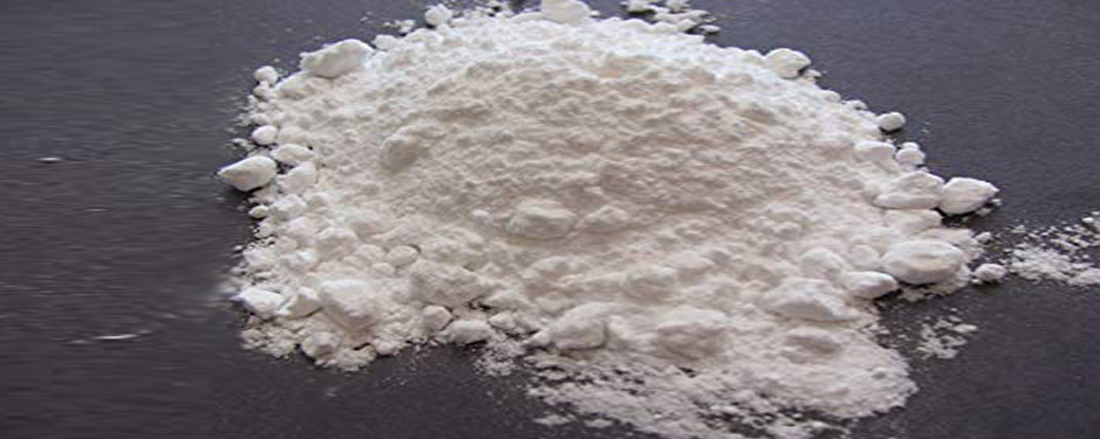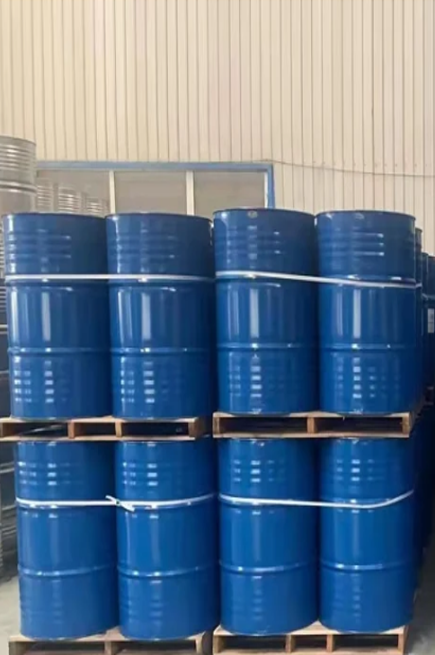tueujlfilfjdlkjfkfjljjflkfjdflkjThjThe ideal identification of Staphylococcus aureus clinical isolates requires a battery of tests and this is costly in resource limited settings. In many developing countries, the tube coagulase test is usually confirmatory for S. aureus and is routinely done using either human or sheep plasma.The ideal identification of Staphylococcus aureus clinical isolates requires a battery of tests and this is costly in resource limited settings. In many developing countries, the tube coagulase test is usually confirmatory for S. aureus and is routinely done using either human or sheep plasma.Due to the shortage of effective antibiotics against drug-resistant Staphylococcus aureus, new targets are urgently required to develop next-generation antibiotics. We investigated mannitol-1-phosphate dehydrogenase of S. aureus USA300 (SaM1PDH), a key enzyme regulating intracellular mannitol levels, and explored the possibility of using SaM1PDH as a target for developing antibiotic. Since mannitol is necessary for maintaining the cellular redox and osmotic potential, the homeostatic imbalance caused by treatment with a SaM1PDH inhibitor or knockout of the gene encoding SaM1PDH results in bacterial cell death through oxidative and/or mannitol-dependent cytolysis.Due to the shortage of effective antibiotics against drug-resistant Staphylococcus aureus, new targets are urgently required to develop next-generation antibiotics. We investigated mannitol-1-phosphate dehydrogenase of S. aureus USA300 (SaM1PDH), a key enzyme regulating intracellular mannitol levels, and explored the possibility of using SaM1PDH as a target for developing antibiotic. Since mannitol is necessary for maintaining the cellular redox and osmotic potential, the homeostatic imbalance caused by treatment with a SaM1PDH inhibitor or knockout of the gene encoding SaM1PDH results in bacterial cell death through oxidative and/or mannitol-dependent cytolysis.Due to the shortage of effective antibiotics against drug-resistant Staphylococcus aureus, new targets are urgently required to develop next-generation antibiotics. We investigated mannitol-1-phosphate dehydrogenase of S. aureus USA300 (SaM1PDH), a key enzyme regulating intracellular mannitol levels, and explored the possibility of using SaM1PDH as a target for developing antibiotic. Since mannitol is necessary for maintaining the cellular redox and osmotic potential, the homeostatic imbalance caused by treatment with a SaM1PDH inhibitor or knockout of the gene encoding SaM1PDH results in bacterial cell death through oxidative and/or mannitol-dependent cytolysis.Due to the shortage of effective antibiotics against drug-resistant Staphylococcus aureus, new targets are urgently required to develop next-generation antibiotics. We investigated mannitol-1-phosphate dehydrogenase of S. aureus USA300 (SaM1PDH), a key enzyme regulating intracellular mannitol levels, and explored the possibility of using SaM1PDH as a target for developing antibiotic. Since mannitol is necessary for maintaining the cellular redox and osmotic potential, the homeostatic imbalance caused by treatment with a SaM1PDH inhibitor or knockout of the gene encoding SaM1PDH results in bacterial cell death through oxidative and/or mannitol-dependent cytolysis.Due to the shortage of effective antibiotics against drug-resistant Staphylococcus aureus, new targets are urgently required to develop next-generation antibiotics. We investigated mannitol-1-phosphate dehydrogenase of S. aureus USA300 (SaM1PDH), a key enzyme regulating intracellular mannitol levels, and explored the possibility of using SaM1PDH as a target for developing antibiotic. Since mannitol is necessary for maintaining the cellular redox and osmotic potential, the homeostatic imbalance caused by treatment with a SaM1PDH inhibitor or knockout of the gene encoding SaM1PDH results in bacterial cell death through oxidative and/or mannitol-dependent cytolysis.Due to the shortage of effective antibiotics against drug-resistant Staphylococcus aureus, new targets are urgently required to develop next-generation antibiotics. We investigated mannitol-1-phosphate dehydrogenase of S. aureus USA300 (SaM1PDH), a key enzyme regulating intracellular mannitol levels, and explored the possibility of using SaM1PDH as a target for developing antibiotic. Since mannitol is necessary for maintaining the cellular redox and osmotic potential, the homeostatic imbalance caused by treatment with a SaM1PDH inhibitor or knockout of the gene encoding SaM1PDH results in bacterial cell death through oxidative and/or mannitol-dependent cytolysis.Due to the shortage of effective antibiotics against drug-resistant Staphylococcus aureus, new targets are urgently required to develop next-generation antibiotics. We investigated mannitol-1-phosphate dehydrogenase of S. aureus USA300 (SaM1PDH), a key enzyme regulating intracellular mannitol levels, and explored the possibility of using SaM1PDH as a target for developing antibiotic. Since mannitol is necessary for maintaining the cellular redox and osmotic potential, the homeostatic imbalance caused by treatment with a SaM1PDH inhibitor or knockout of the gene encoding SaM1PDH results in bacterial cell death through oxidative and/or mannitol-dependent cytolysis.Due to the shortage of effective antibiotics against drug-resistant Staphylococcus aureus, new targets are urgently required to develop next-generation antibiotics. We investigated mannitol-1-phosphate dehydrogenase of S. aureus USA300 (SaM1PDH), a key enzyme regulating intracellular mannitol levels, and explored the possibility of using SaM1PDH as a target for developing antibiotic. Since mannitol is necessary for maintaining the cellular redox and osmotic potential, the homeostatic imbalance caused by treatment with a SaM1PDH inhibitor or knockout of the gene encoding SaM1PDH results in bacterial cell death through oxidative and/or mannitol-dependent cytolysis.Due to the shortage of effective antibiotics against drug-resistant Staphylococcus aureus, new targets are urgently required to develop next-generation antibiotics. We investigated mannitol-1-phosphate dehydrogenase of S. aureus USA300 (SaM1PDH), a key enzyme regulating intracellular mannitol levels, and explored the possibility of using SaM1PDH as a target for developing antibiotic. Since mannitol is necessary for maintaining the cellular redox and osmotic potential, the homeostatic imbalance caused by treatment with a SaM1PDH inhibitor or knockout of the gene encoding SaM1PDH results in bacterial cell death through oxidative and/or mannitol-dependent cytolysis.Mannitol Salt Agar (MSA) is used as a selective and differential medium for the isolation and identification of Staphylococcus aureus from clinical and non-clinical specimens. It encourages the growth of a group of certain bacteria while inhibiting the growth of others.Mannitol Salt Agar (MSA) is used as a selective and differential medium for the isolation and identification of Staphylococcus aureus from clinical and non-clinical specimens. It encourages the growth of a group of certain bacteria while inhibiting the growth of others.Mannitol Salt Agar (MSA) is used as a selective and differential medium for the isolation and identification of Staphylococcus aureus from clinical and non-clinical specimens. It encourages the growth of a group of certain bacteria while inhibiting the growth of others.Mannitol Salt Agar (MSA) is used as a selective and differential medium for the isolation and identification of Staphylococcus aureus from clinical and non-clinical specimens. It encourages the growth of a group of certain bacteria while inhibiting the growth of others.Mannitol Salt Agar (MSA) is used as a selective and differential medium for the isolation and identification of Staphylococcus aureus from clinical and non-clinical specimens. It encourages the growth of a group of certain bacteria while inhibiting the growth of others.Mannitol Salt Agar (MSA) is used as a selective and differential medium for the isolation and identification of Staphylococcus aureus from clinical and non-clinical specimens. It encourages the growth of a group of certain bacteria while inhibiting the growth of others.milk in the medium. Colonies on blood agar are similar to that of nutrient agent.On nutrient agar, the colonies are large (2-4 diameter) circular, convex, smooth,
opaque and easily emulsifiable. Most strains produce pigment optimally at 22°C
and in aerobic cultures which is enhanced by adding 1% glycerol monacetate or
milk in the medium. Colonies on blood agar are similar to that of nutrient agent.

